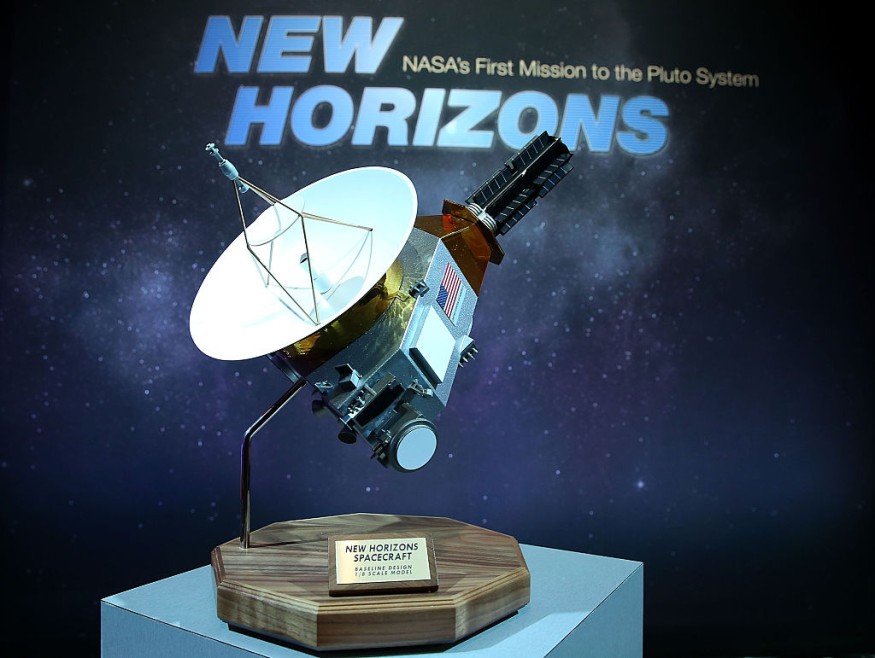NASA's New Horizons mission was originally designed for capturing the first close-up images of Pluto in 2015. But now, the spacecraft will shift its focus to heliophysics, investigating the Sun's impact and solar wind at the outer reaches of the Solar System.
The spacecraft is presently located in the Kuiper Belt, a disk-shaped area in the distant outer Solar System believed to house icy objects and comets, and remnants from the Solar System's formation.

New Horizons' Original Mission
The New Horizons spacecraft, launched in 2006, made history by conducting close flybys of Pluto and its moons in 2015. It later explored the Kuiper Belt object Arrokoth in 2019, becoming the farthest object ever examined closely in the Solar System.
As part of NASA's New Frontiers program, the spacecraft set records for its extensive journey and velocity, surpassing prior deep space missions. The spacecraft's design was based on a lineage that includes the CONTOUR and TIMED spacecraft and featured a radioisotope thermoelectric generator for power.
Not only it monitored Pluto but during its mission, New Horizons also observed Jupiter, which provided a gravity assist that shortened its journey to Pluto. It conducted observations of the gas giant's atmosphere, ring system, and moons, including Io, Europa, and Ganymede.
After the Jupiter encounter, New Horizons proceeded toward the Kuiper Belt and completed several course corrections. It was placed in hibernation mode for extended periods during its journey to conserve resources.
New Horizons successfully explored Pluto and its moons, revealing surprising features such as a heart-shaped glacier and hints of an internal water-ice ocean. The mission later targeted and studied Arrokoth, another Kuiper Belt object, in 2019.
The spacecraft remains healthy in the Kuiper Belt and is expected to awaken from hibernation this year for potential multi-disciplinary observations relevant to NASA's Heliophysics and Astrophysics Divisions.
New Horizons Gets a New Mission
Nicola Fox, associate administrator for NASA's Science Mission Directorate in Washington, said in a press statement that the space agency has extended the New Horizons mission's operations to continue until the spacecraft exits the Kuiper Belt, expected between 2028 and 2029.
After leaving the Kuiper Belt, New Horizons will venture into the Oort Cloud, a spherical region surrounding the Solar System, following the path of the Voyager 1 and 2 missions into interstellar space by the 2040s.
Powered by plutonium-238, the spacecraft, about the size of a grand piano, was originally designed for a 10-year mission but is expected to continue functioning until around 2050, traveling at a rate of 300,000 miles per year.
Nine years after the New Horizons flyby, Pluto was unveiled as a dynamic and intricate world. It displayed features such as nitrogen-ice plains, mountain ranges, dunes, and ice volcanoes, indicating geological activity. Moreover, Pluto exhibited a unique atmosphere, surface organic compounds, and evidence of tectonic activity, including fault lines in its crust.
RELATED ARTICLE:
Pluto New Horizons Spacecraft Share Stunning Image As It Approaches Milestone Distance
Check out more news and information on Space in Science Times.
© 2025 ScienceTimes.com All rights reserved. Do not reproduce without permission. The window to the world of Science Times.












